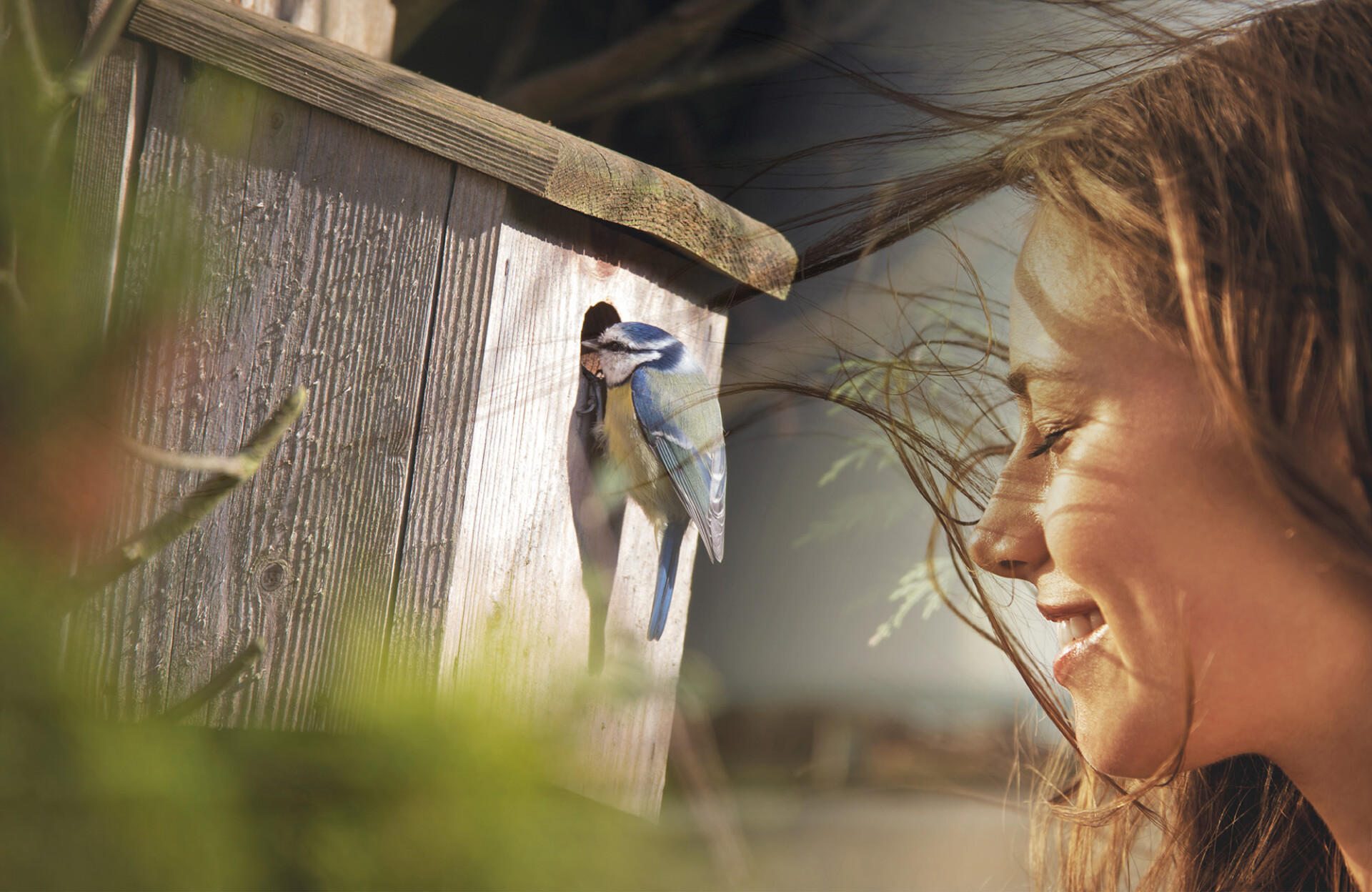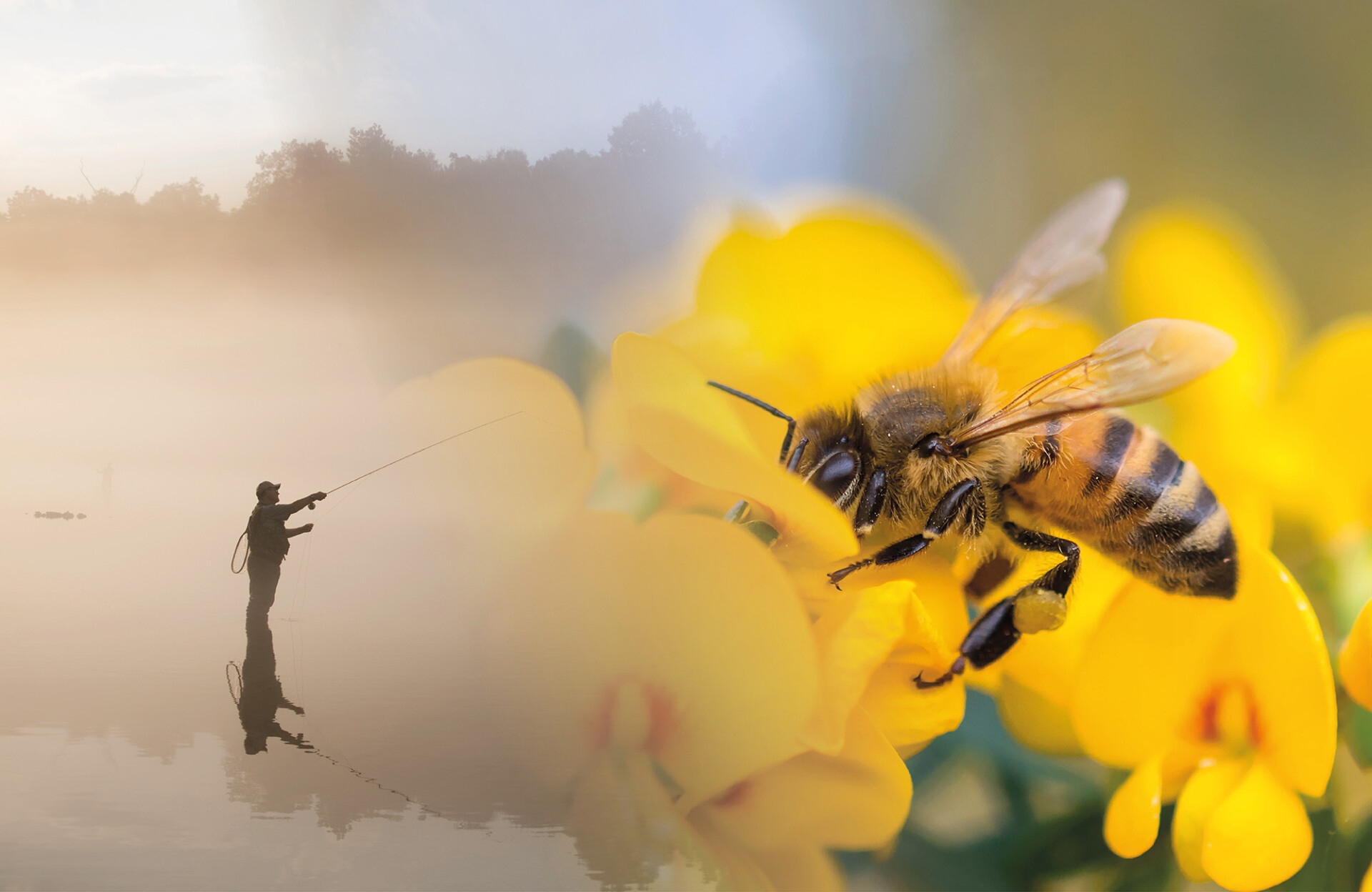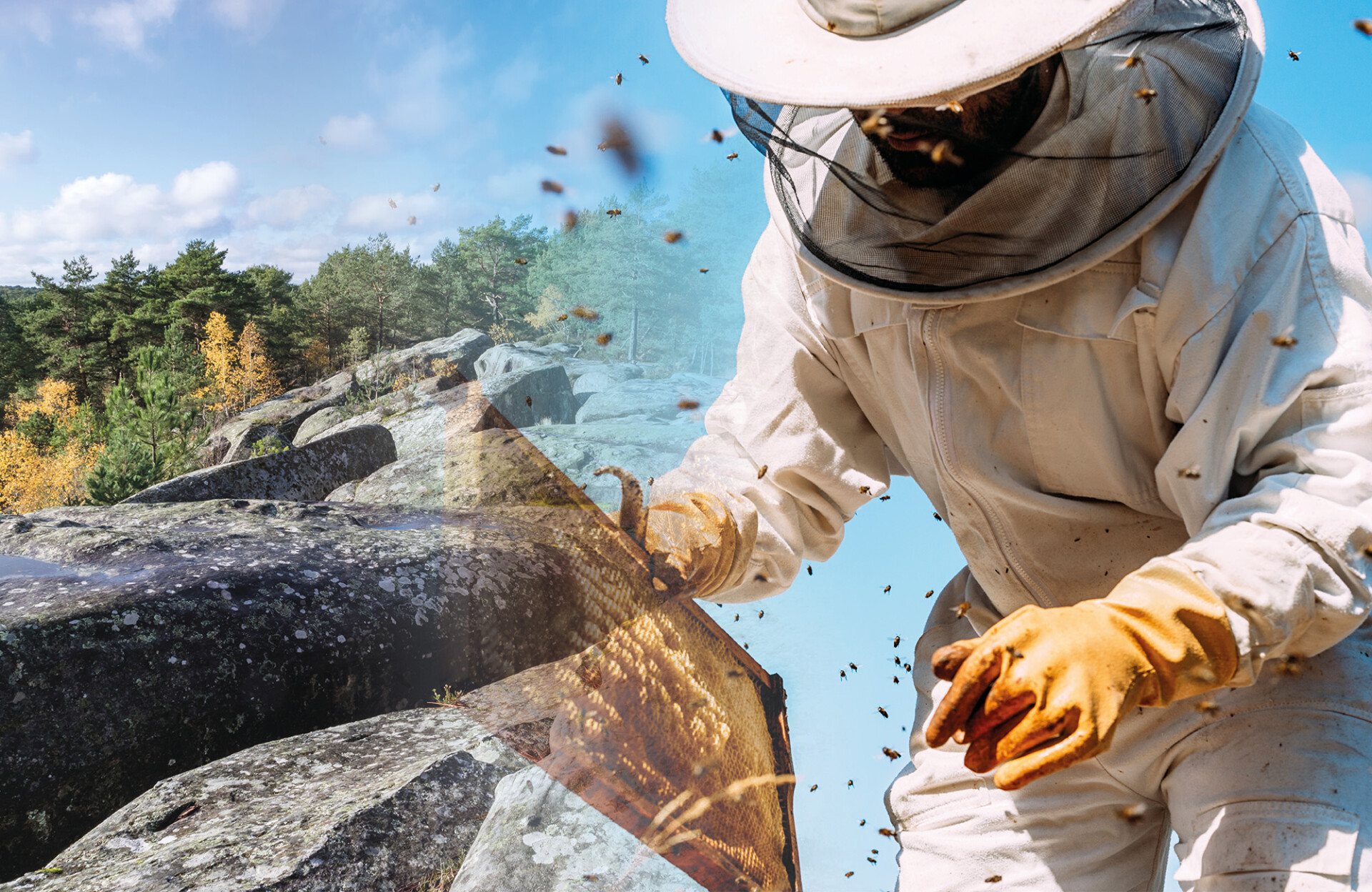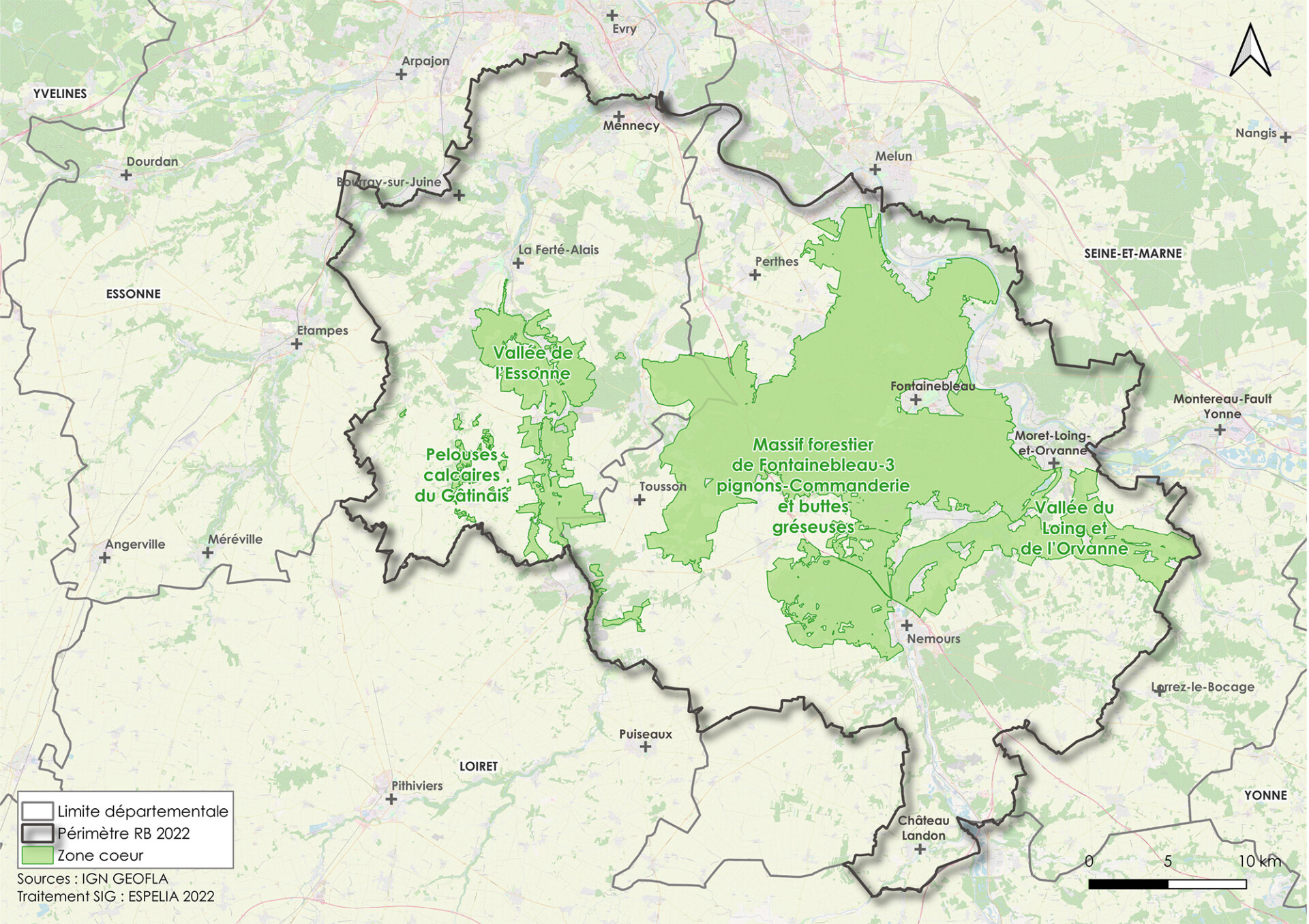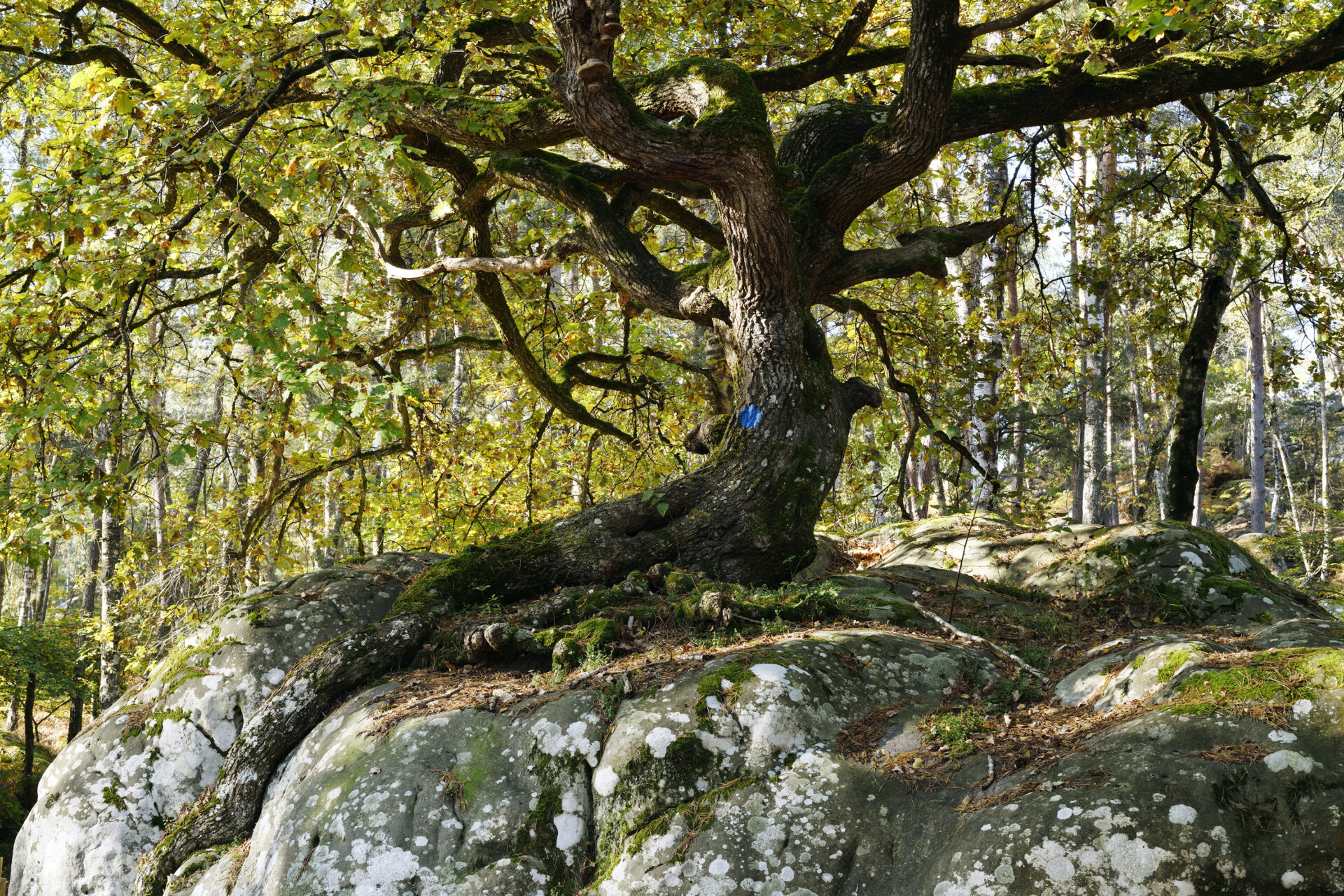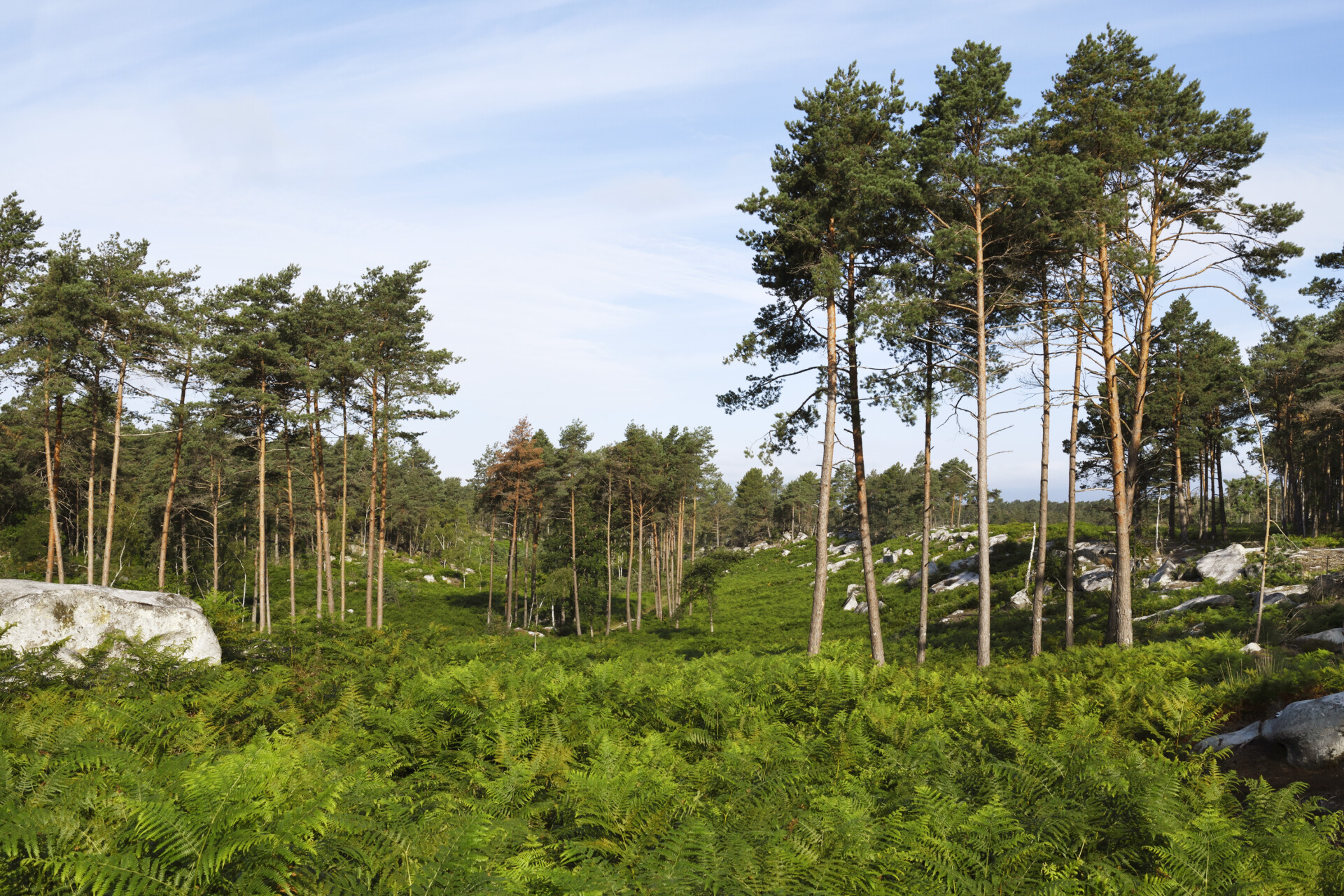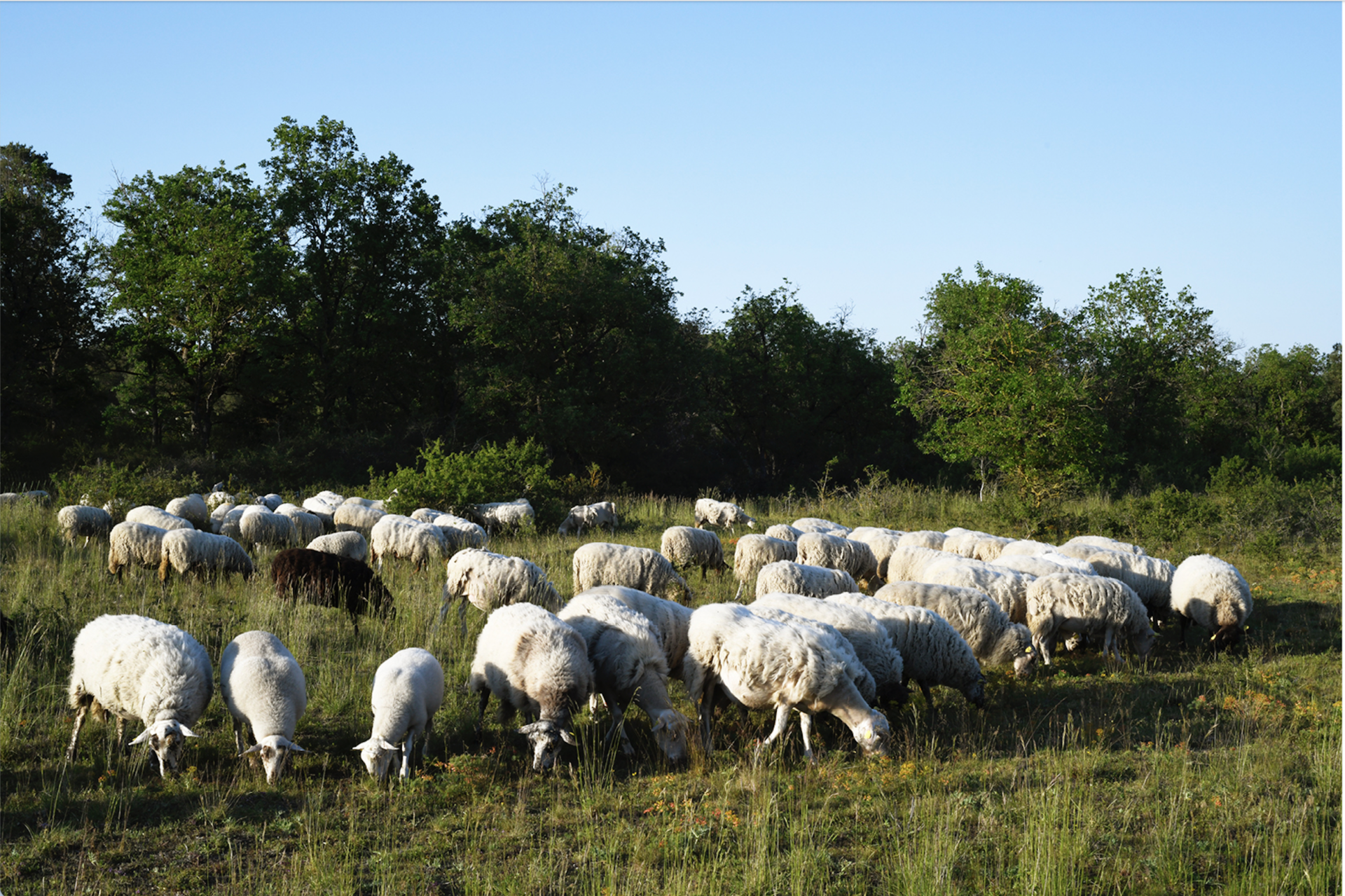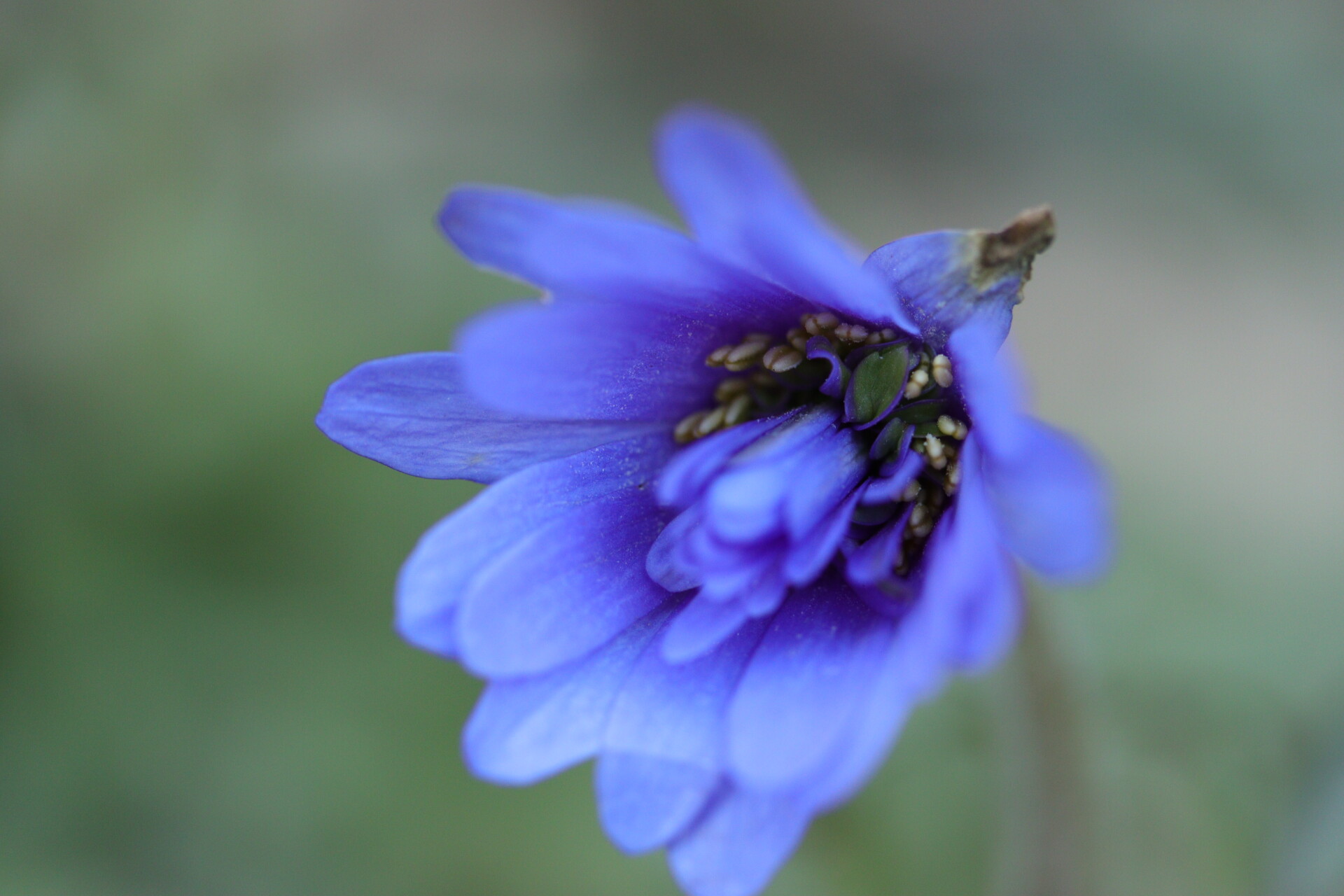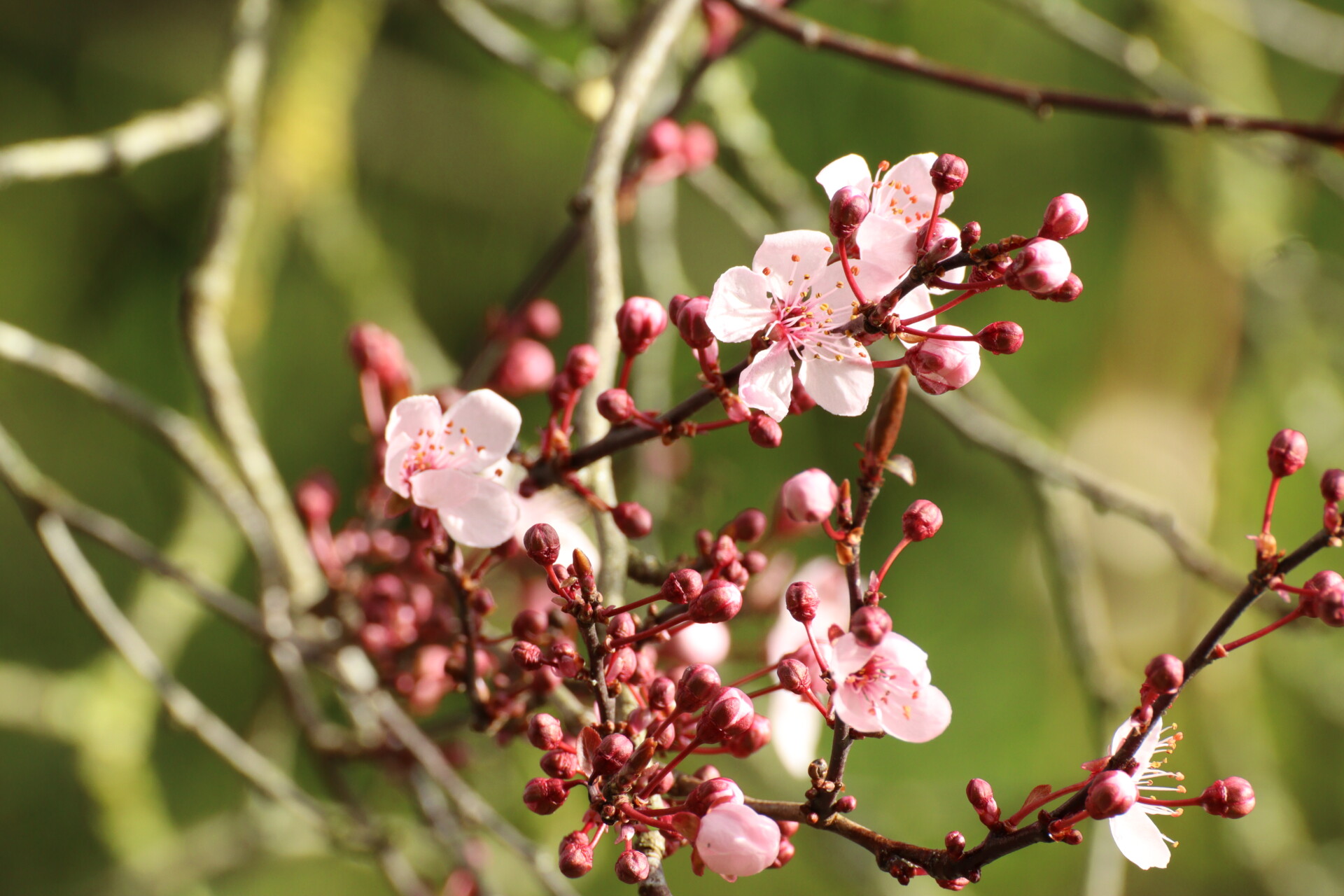60
Km of Paris
130
Municipalities
& more than 290 000 inhabitants
50
Mammalian species!
3000
Beetle species!
Fontainebleau & Gâtinais Biosphere
Fontainebleau’s & Gâtinais’s Biosphere; sustainability in service of biodiversity!
Iconic forest of Fontainebleau, agricultural territories, historical and cultural heritage; Seine and Essonne shores… our perimeter holds unique biodiversity constantly challenged by human activities.
Thanks to the Biosphere, we have the power to reconsider the Human-Nature relationship. We are pillars of a respectful and sustainable world.
More than 20 years at your service!
Created in 1998, Fontainebleau-Gâtinais Biosphere is part of UNESCO’s global nature reserves network. We are the only Biosphere Reserve in Île-de-France.
Founded by the departments of Seine-et-Marne and Essonne, the National Forestry Office (ONF), the regional parc of Gâtinais, de engineer school école des Mines, and the National Museum of Natural History, the Fontainebleau-Gâtinais Biosphere gathers different participants all aiming towards sustainability.
Our goals: actions to preserve, developpe, and innovate!
Our biosphere focuses on three objectives:
- To save the biodiversity of a unique environment
- To developpe sustainable economic solutions taking in account sociocultural and environmental factors
- Logistic and scientific support, research, raising awareness
Fontainebleau & Gâtinais’s biosphere association
Our missions are coordinated by Fontainebleau-Gâtinais Biosphere.
The association may provide scientific support and organize talks between the different structures if needed.
